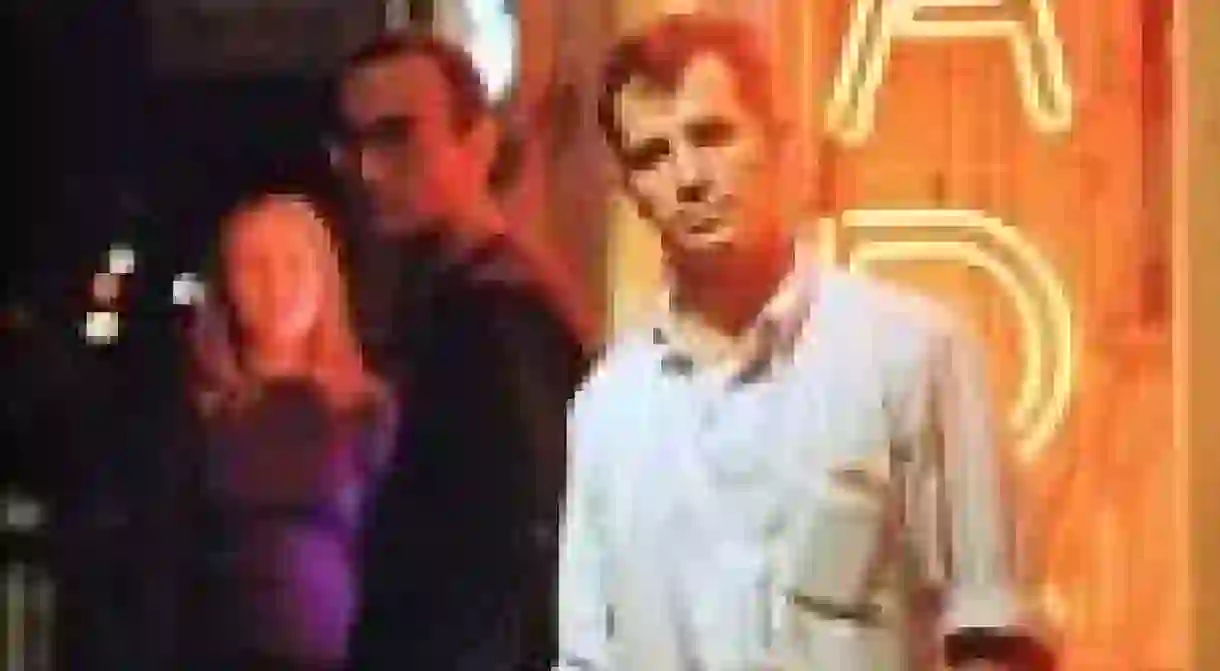In Defence of Jack Kerouac and the Beats

Lindsay Parnell offers a strident defense of the works of Jack Kerouac and his fellow Beats, who have often been dismissed by literary academics. Once the mythology of the Beats is stripped away, their works retain a stark power and beauty.

The watering hole of Pollock and Rothko, whose streets were no stranger to Marlon Brando, New York City has baptized some of the most revered and notorious creative minds of the last century. As the holy ground that hosted the infamous introduction of Jack Kerouac and Allen Ginsberg, New York City is the shimmering metropolitan birthplace of the Beats. They found their words, stories and each other in 1950s New York—in its bars, apartments and in the corners of Columbia University. Loosely composed of Jack Kerouac, Allen Ginsberg, William Burroughs, Ken Kesey, and Gary Snyder, the Beats emerged desperately hopeful from the deeply conservative minds of their Cold War fathers. In their rejection of the traditional norms of society and literature, their creative and spiritual births produced a hopeful and exuberant band of artist brothers.
But to adequately examine the Beats as a significant literary movement involves a meticulous unwinding of the mythology surrounding them—separating their sensationalized lifestyle from the canon of work they collectively produced. What the Beats were actually doing at the time wasn’t especially ground breaking. Their psychologically rich literary content was also explored by their brilliant Boston brothers and sisters, the loosely labelled ‘Confessionalist poets’ such as Robert Lowell, Anne Sexton, Sylvia Plath and Theodore Roethke, amongst others. The Beats’ formal artistic articulation and stream of consciousness narration had long before been evident in the landmark literary works of Virginia Woolf, William Faulkner and James Joyce. So what is it that makes the Beats and their work legitimately compelling? They are, and have consistently been, dismissed if not blatantly neglected by academic literati. But it is their rejection of mainstream American traditions, both social and literary, that defined their social importance, which in turn validated their work. They opened the door for the American counterculture movement of the 1960s although they didn’t all welcome this movement with opened arms, as is documented in Kerouac’s dismissal of ‘hippies” and ‘flower children’. What they stood for often overshadowed the work itself, yet this is a canon of work that should be read, devoured and critiqued for the high quality it truly sustains.

At by the time of his 1969 death at age 46, Jack Kerouac had 25 titles of published prose, poetry and memoir to his name. The former Merchant Marine and Columbia football star, Jack Kerouac became the adamantly unwilling Godfather of the Beat movement. A truly lyrical writer, Kerouac is known for his direct narratives of uninhibited intimacy. He is an artist of momentum and speed, always one to follow a spontaneous riff driven by a rhythmic impulse. Kerouac’s internal and natural cadence is undeniable in the pages of his prose. With his fusion of storytelling and musicality, Kerouac’s art is drenched in the place that greatly inspired him. New York City’s aesthetics stimulated his stories, his characters and his literary ambitions. The Town and City is split between New York City and its corresponding town, Galloway, Massachusetts while Visions of Cody would present short sketches of New York City in the aftermath of WWII. His most notable work, and consummate American travel Bible, 1957’s On the Road is the cornerstone text of Beat literature and a counterculture manifesto. The sprawling cross-country epic chronicles the road adventures of Sal Paradise and Dean Moriarty (based on Beat muse Neal Cassady). The often misinterpreted happiness and care free existence of the novel is more accurately a haunting tale of loneliness and aimless wander resulting in emotional desolation. Many dismiss the novel as a sentimental musing on nostalgia and lost youth. However, the text is undeniably a tightly controlled narration by a truly inspired craftsman.

New York City served as more than just a literary landmark of Kerouac novels, but the meeting place for the author’s union with some of his most influential colleagues and contemporaries. Once simply known as Kerouac’s Columbia classmate, it would take little time for Allen Ginsberg to make a name for himself. Ginsberg’s poetic interrogations of reality and authority were fostered in New York City in the early and pivotal years of his long literary career. Although it was San Francisco that would host its obscenity trial, New York City took centre stage for Ginsberg’s Howl. Much like Kerouac, Ginsberg found his poetic voice in a deceptively casual speech written in a spontaneous riff that often masked emotionally debilitating material, or sexually explicit material. The emotional honesty of his work is undeniable as it articulates and questions our often darkest impulses and desires.
Kerouac and Ginsberg were baptized together with Lucien Carr, Michael McClure, William Burroughs and Herbert Hunke in New York’s pulsing nucleus of art and literature. Housing some of the biggest names of 20th century American fiction and poetry, New York City is a place forever synonymous with its most notorious sons, the Beats. And they will forever be misinterpreted, but which artist, writer or musician isn’t? And so may their words and pages not be regarded as the Benzedrine fueled rantings of angry young men, but as true artists whose legacy lives on the beauty and lyricism of their works.













